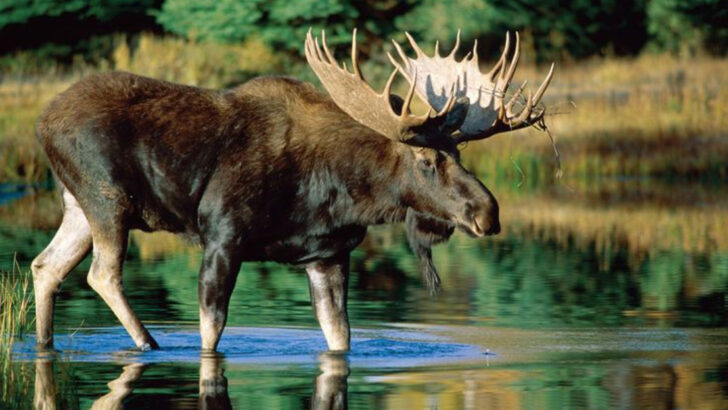Some animals charge, others stomp, but a rare few move like poetry in motion.
North America is home to creatures that don’t just survive—they glide, leap, and prowl with effortless elegance. From the silent swoop of an owl to the flowing stride of a mountain lion, these animals turn the wilderness into a stage, performing a show of raw, natural grace.
But beauty isn’t just about looks—it’s in the way a deer flickers through the trees like a ghost or a fox maneuvers through the underbrush without a sound. Each of these animals has a signature style, a way of moving that’s as mesmerizing as it is instinctual.
Who are the most graceful creatures roaming North America? Let’s step into the wild and meet 18 animals that move with an artistry humans could only dream of.
Bald Eagle
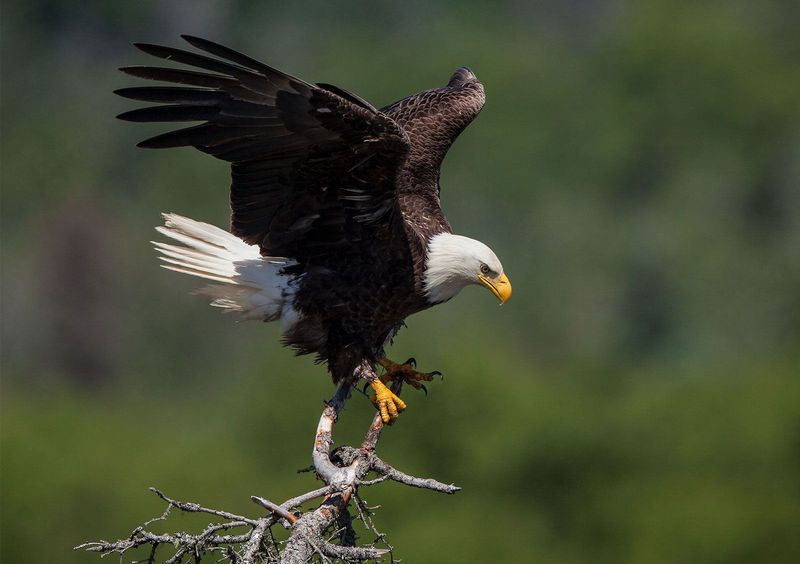
The bald eagle, with its striking white head and powerful wingspan, embodies grace in flight. Its keen eyesight allows it to spot prey from great distances, making it a formidable hunter. This majestic bird often symbolizes freedom and is revered across cultures.
Perched atop tall trees or cliffs, eagles survey their surroundings with a regal presence. Their nests, known as eyries, are impressive structures, often reused and expanded yearly. Whether gliding effortlessly on thermal currents or diving swiftly to catch fish, the bald eagle’s movements are a testament to nature’s elegance.
White-Tailed Deer
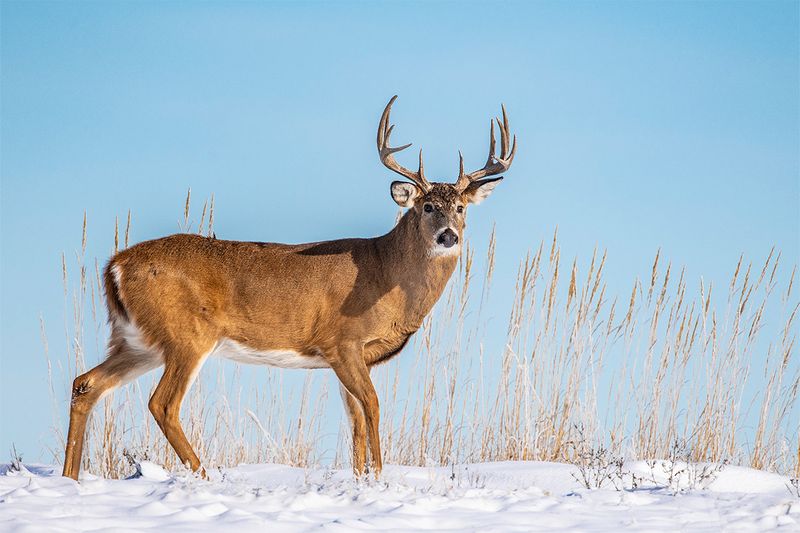
The white-tailed deer is a quintessential symbol of North American wildlife, known for its graceful leaps and gentle demeanor. With a coat that changes from reddish-brown in summer to grayish-brown in winter, it blends seamlessly into its environment.
These deer are highly adaptable, thriving in diverse habitats from dense forests to suburban areas. Their tails, flashing white as a warning signal, are iconic.
In autumn, bucks grow antlers, adding to their majestic appearance. Observing a doe and her fawn silently navigating a forest path is a scene of pure grace and serenity.
American Bison
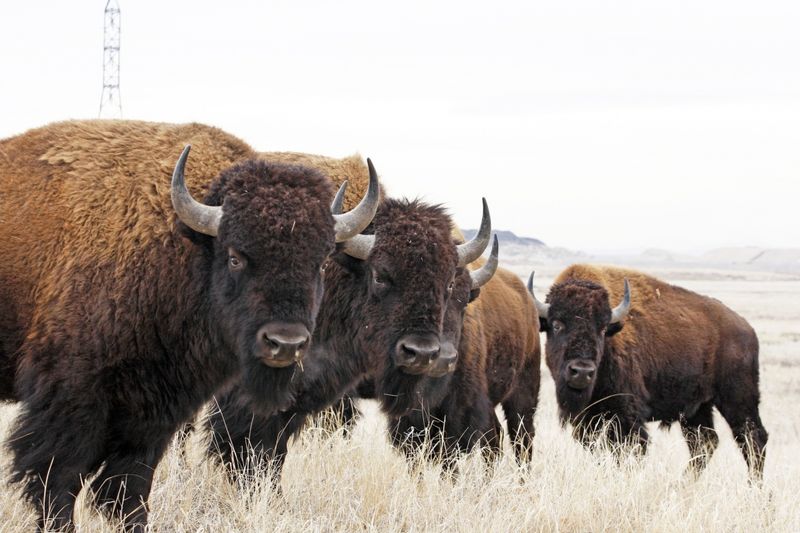
The American bison, with its powerful build and shaggy mane, is a symbol of strength and resilience. Despite its size, it moves with surprising agility across the plains. This iconic creature once roamed in vast herds, shaping the landscape of North America.
Bison are social animals, living in groups that follow a matriarchal structure. Their grazing patterns play a crucial role in maintaining the health of grassland ecosystems.
Whether wallowing in dust baths or standing silhouetted against a sunset, the bison’s presence is both regal and graceful, capturing the spirit of the wild.
Monarch Butterfly
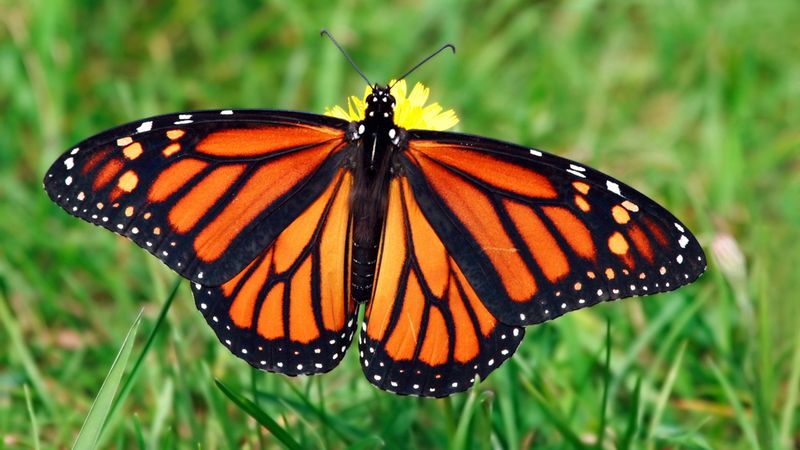
The monarch butterfly is a delicate marvel of nature, renowned for its remarkable migration journey. These butterflies travel thousands of miles from North America to central Mexico, navigating using environmental cues.
Their vibrant orange and black wings are not only beautiful but serve as a warning to predators about their unpalatability. Monarchs rely heavily on milkweed plants for breeding, making these plants crucial for their survival.
Graceful in flight, they often gather in large numbers, creating a breathtaking spectacle. Their life cycle, from caterpillar to chrysalis to butterfly, is a testament to transformation and beauty.
Cougar
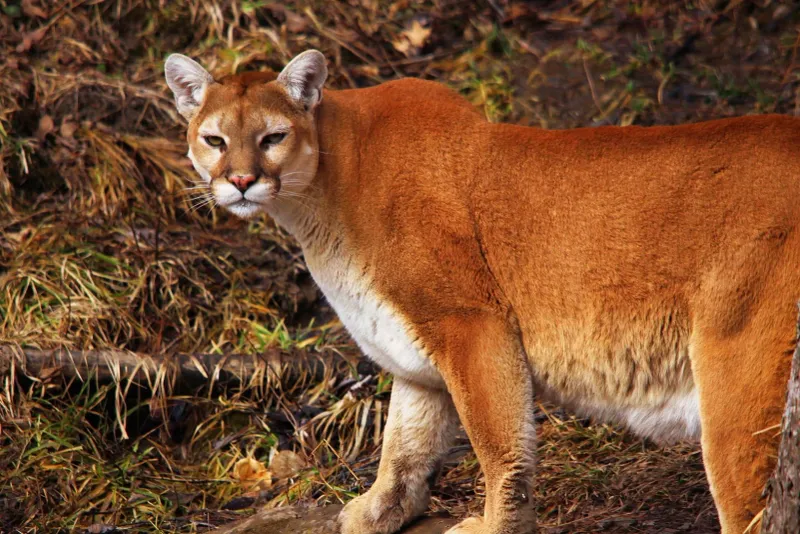
The cougar, also known as the mountain lion, epitomizes stealth and grace. With a muscular build and keen senses, it is a master of ambush, capable of taking down prey much larger than itself. These solitary cats have a vast range, adaptable to various habitats from forests to deserts.
Their tawny coats blend perfectly with their surroundings, aiding in their secretive lifestyle. Cougars communicate via vocalizations and scent markings, establishing territories crucial for survival.
Their powerful, silent stride across rugged terrains showcases a blend of strength and elegance that few other animals can match.
Humpback Whale
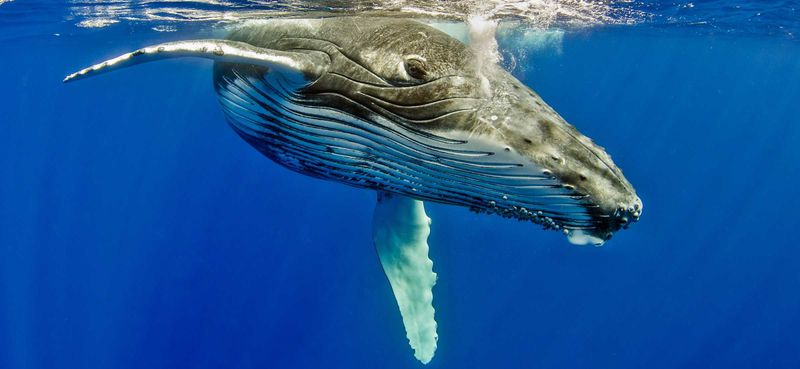
Humpback whales are the ocean’s gentle giants, known for their acrobatic breaches and complex songs. These majestic creatures undertake extensive migrations, traveling thousands of miles annually between feeding and breeding grounds.
Their pectoral fins, the longest of any whale, aid in graceful movements through the water. Humpbacks are often seen in pods, displaying social behaviors and cooperative feeding techniques.
Their hauntingly beautiful songs, unique to each population, resonate underwater, creating a mysterious allure. Observing a humpback’s breach, with its immense body soaring through the air, is a breathtaking experience, underscoring the ocean’s wonders.
Gray Wolf
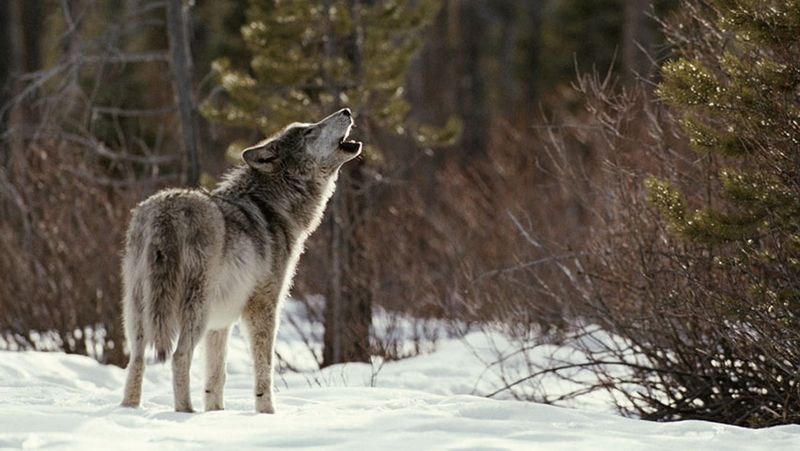
The gray wolf, a symbol of wilderness and cunning, moves with an elegant grace across its territory. As pack animals, wolves communicate through a complex system of vocalizations, body language, and scent marking.
Their social structure is highly organized, with each member playing a vital role. Wolves are known for their strategic hunting techniques, often working in unison to bring down prey much larger than themselves.
Their thick fur, varying in shades of gray, white, and black, adapts to seasonal changes, providing both warmth and camouflage. Wolves’ haunting howls echoing through the wilderness evoke a sense of mystery and grace.
Snowy Owl
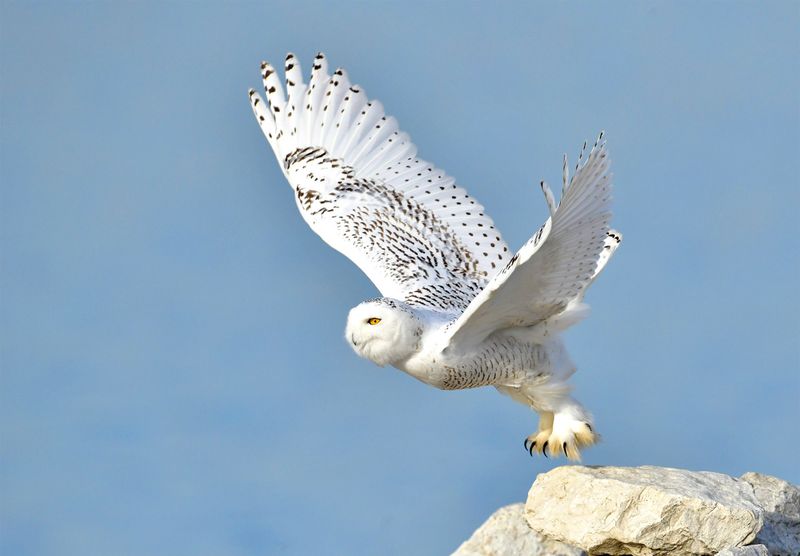
The snowy owl, with its stunning white plumage and piercing eyes, is a vision of grace in the tundra. Native to Arctic regions, these owls are well adapted to cold climates, with dense feathers providing insulation.
Their flight is silent, a trait that aids in stealthy hunting. Snowy owls primarily feed on lemmings and other small mammals, exhibiting remarkable patience and precision.
During winter, some migrate to more temperate areas, delighting birdwatchers with their presence. Their enigmatic aura and striking appearance make the snowy owl a captivating symbol of the wild.
Pronghorn Antelope
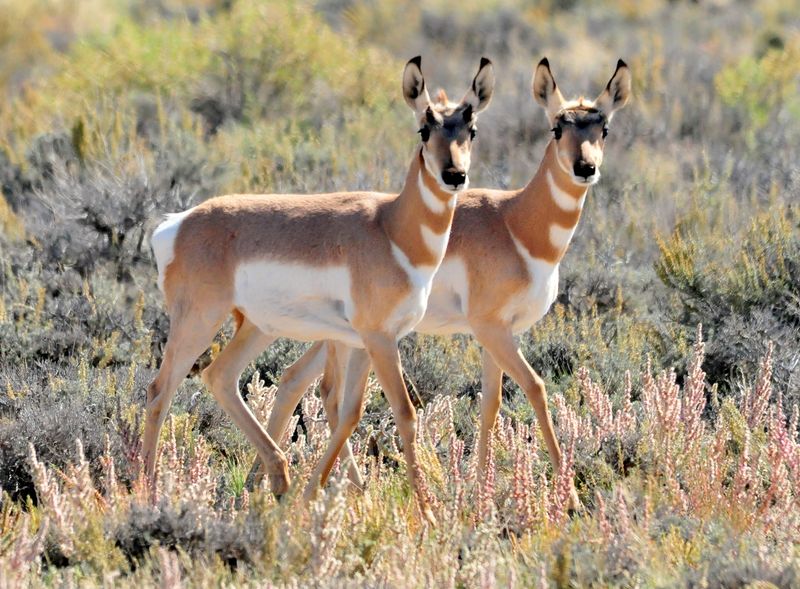
The pronghorn antelope, North America’s fastest land mammal, is built for speed and endurance. Its unique adaptations include large lungs and an oversized heart, enabling it to sustain high speeds over long distances.
Pronghorns are not true antelopes but are often colloquially referred to as such. Their distinctive horns, which have a bony core, shed annually.
These animals form small herds and migrate seasonally, navigating vast landscapes with precision and grace. Observing a pronghorn’s effortless sprint across the plains is a testament to evolutionary elegance and the open range’s untamed spirit.
Great Blue Heron
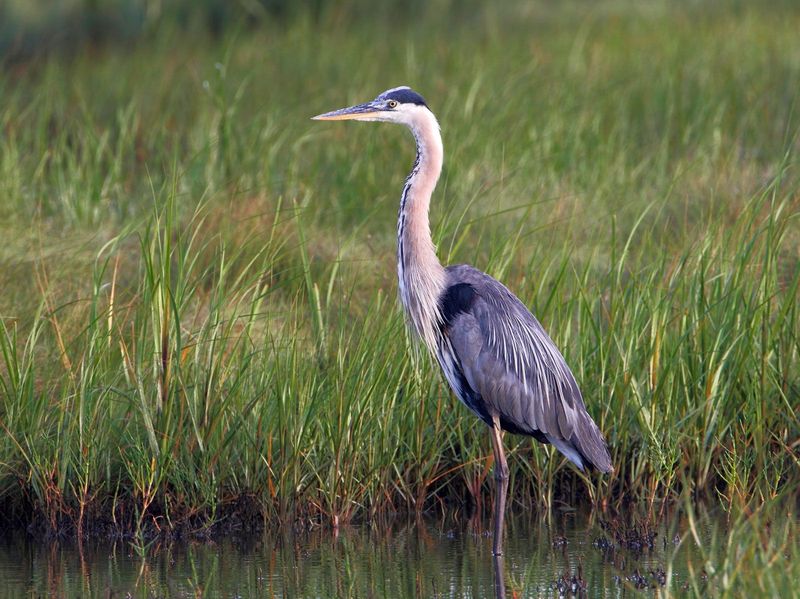
The great blue heron is a master of patience and precision, epitomizing grace in wetlands. With its tall stature and elegant neck, it stands motionless, waiting for the perfect moment to strike at prey.
These herons are solitary hunters but can be seen nesting in colonies, often in large trees near water bodies. Their diet mainly consists of fish, amphibians, and small mammals.
The heron’s slow, deliberate movements and striking blue-gray plumage make it a captivating presence. Whether in flight with slow, powerful wingbeats or poised at the water’s edge, the great blue heron embodies nature’s elegance.
American Alligator
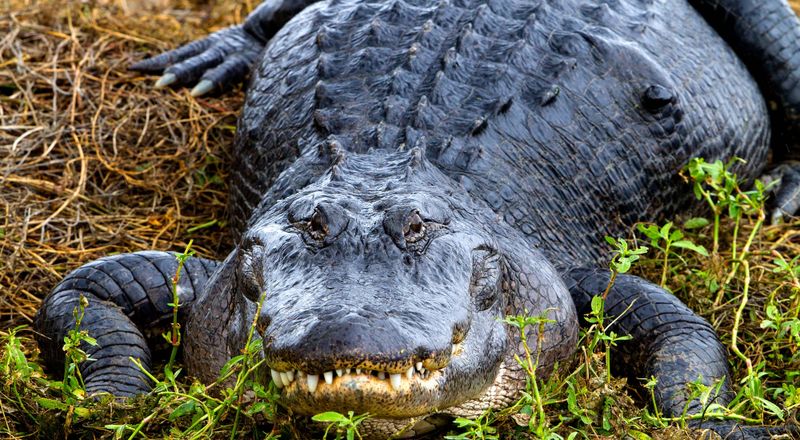
The American alligator, with its prehistoric appearance and powerful build, exudes a unique form of grace in its swampy habitat. These reptiles are skilled hunters, using stealth and strength to capture prey.
Alligators are known for their remarkable ability to control body temperature by basking in the sun or retreating to cooler waters. Despite their formidable demeanor, they play a crucial role in their ecosystem, helping maintain the balance of their environment.
Their slow movements on land and swift, agile swimming underwater showcase a blend of ancient power and elegance, marking them as icons of North American wetlands.
Red Fox
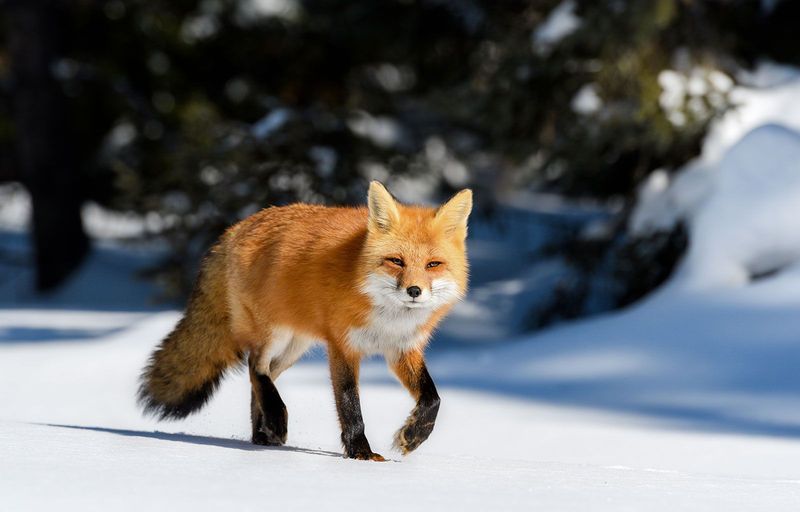
The red fox, with its vibrant fur and bushy tail, captures the essence of cunning and grace. Known for its adaptability, it thrives in various environments, from urban areas to remote woodlands.
Foxes are solitary creatures, often seen trotting gracefully across fields or forests. Their diet is diverse, consisting of small mammals, birds, and fruits.
Their keen senses and quick reflexes make them adept hunters. Observing a red fox leap to catch prey or quietly navigate its habitat reveals a blend of agility, intelligence, and elegance that is truly captivating.
Moose
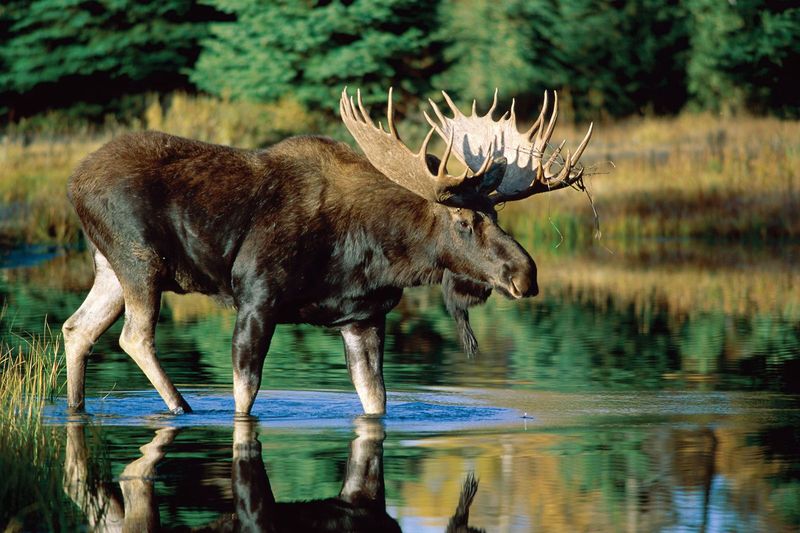
The moose, with its towering presence and impressive antlers, is a symbol of the northern wilderness. Despite its size, it moves with surprising grace through dense forests and wetlands.
Moose are solitary animals, relying on their keen sense of smell and hearing for survival. Their diet consists of aquatic plants, leaves, and bark, which they forage with precision.
Observing a moose wade through a serene pond or stand silhouetted against the dawn reveals a majestic elegance. Their antlers, shed annually, add to their regal appearance, making the moose an icon of grace in the wild.
Eastern Bluebird
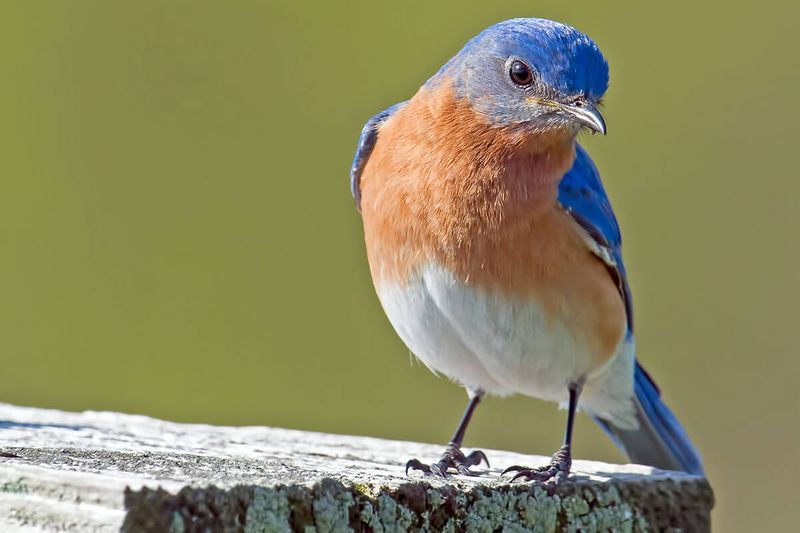
The Eastern bluebird, with its vivid blue and rusty-orange plumage, brings a splash of color and grace to North American landscapes. Known for their cheerful songs, these birds are harbingers of spring.
Bluebirds prefer open habitats, often seen perched on fences or nesting in tree cavities. Their diet consists of insects and berries, which they catch with agile flights.
Nesting in pairs, they exhibit strong familial bonds, with both parents caring for the young. Watching an Eastern bluebird flit between branches or sing from a perch is a delightful encounter with nature’s elegance and charm.
American Black Bear
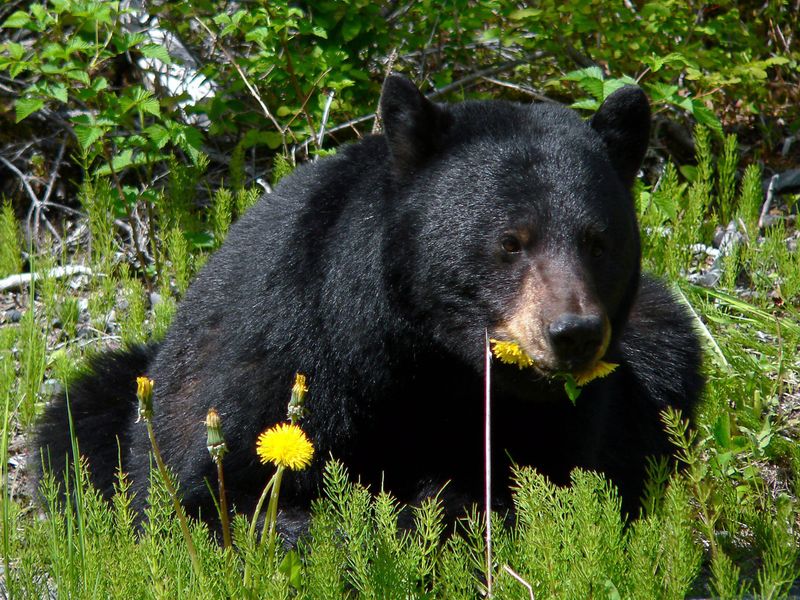
The American black bear, despite its formidable size, moves with a surprising grace through its forested habitat. These bears are known for their curiosity and intelligence, often exploring their surroundings with caution and care.
Their diet is omnivorous, ranging from berries and insects to fish and small mammals, demonstrating their adaptability. Black bears hibernate during winter, a period of rest and conservation.
Observing a black bear foraging or swimming across a river showcases its strength and elegance. Their presence in North America’s forests underscores the delicate balance of nature’s power and beauty.
Raven
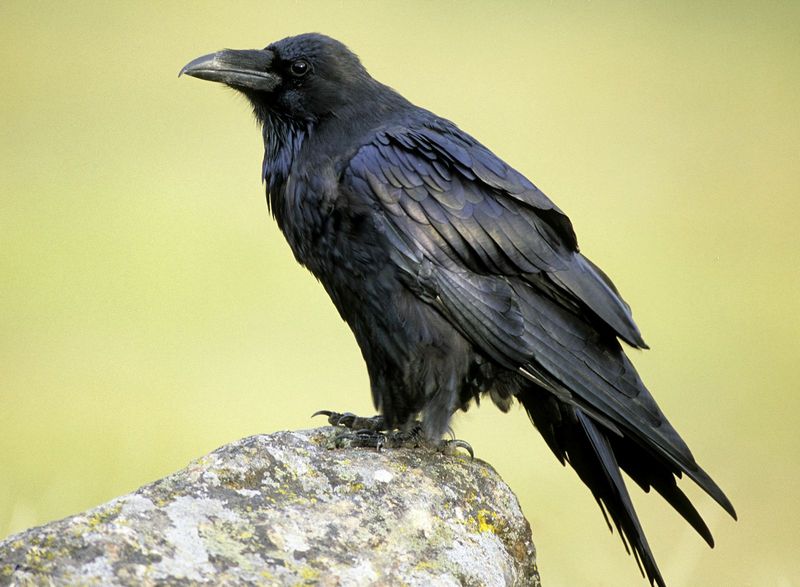
The raven, renowned for its intelligence and adaptability, is a master of the skies. Known for their problem-solving abilities, ravens are often seen manipulating objects and interacting with their environment ingeniously.
These birds are highly social, communicating through a complex language of calls and gestures. Their glossy black plumage and acrobatic flight make them a striking presence in diverse habitats.
Ravens’ ability to thrive in varied environments, from deserts to forests, highlights their resilience. Observing a raven in flight, with its graceful wingbeats and playful aerial maneuvers, reveals a creature of elegance and intellect.
Albatross
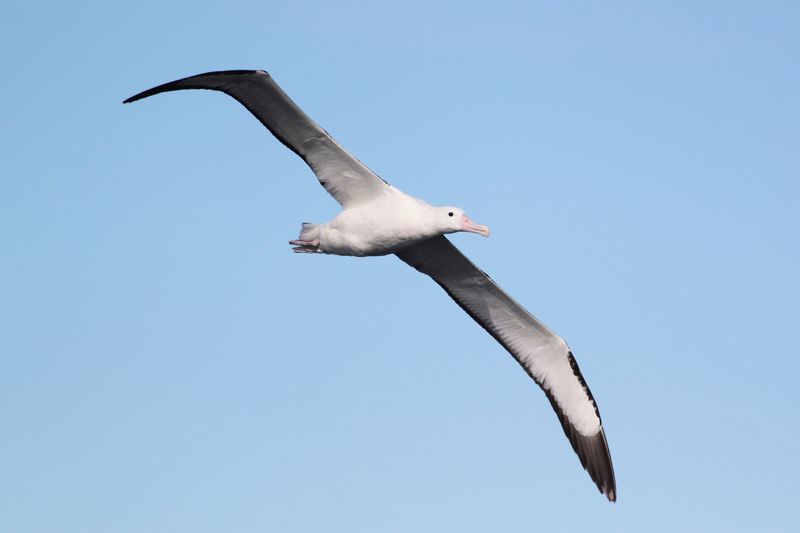
The albatross, with its impressive wingspan, is a true master of the open ocean. These seabirds are known for their ability to glide effortlessly over vast distances, riding wind currents with minimal effort.
Albatrosses are often associated with long-term pair bonds, returning to the same nesting sites year after year. Their courtship displays are elaborate and captivating, underscoring their social nature.
Observing an albatross in flight, with its unbroken glide over the sea, is a mesmerizing experience. Their elegance in the air and dedication to their mates highlight the albatross’s unique place in the avian world.
Elegant Swallowtail Butterfly
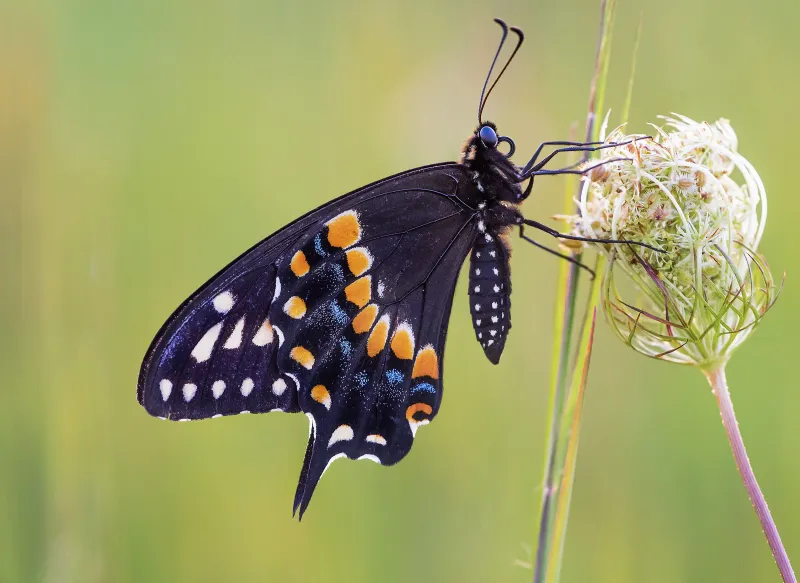
The Elegant Swallowtail Butterfly, with its splendidly vivid wings, is an emblem of grace fluttering across North America’s meadows. Its wings showcase a mesmerizing tapestry of black, yellow, and subtle blue hues.
This butterfly’s flight is a dance, a display of agility and poise as it flits from flower to flower in search of nectar. Its presence in any garden or meadow brings a touch of elegance and a reminder of nature’s delicate balance.
Beyond its beauty, the Swallowtail plays a vital role in pollination, showcasing that even the smallest creatures can have a significant impact.

